Located in between the South China Sea and Malacca Straits, Malaysia is a tropical country surrounded with lush tropical rainforest, towering mountainous range and well preserved natural environment. Over the year, the country has contributed a great amount of effort in preserving its natural environment and cultural heritage. With the natural setting and preservation efforts come together, this is the reason why there are several sites in Malaysia are being inscribed on the UNESCO World Heritage list.
Historic Cities of Melaka and Georgetown
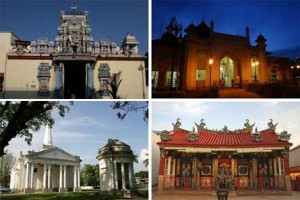 Both a historical city sitting in the Malacca Straits, Georgetown in Penang and Melaka City in the state of Melaka are both an important city in trading and cultural exchange between West and East in the Malacca Straits that has been developed more than 500 years. The influence of Europe and Asia has gifted the cities with a particular multicultural heritage that is both intangible and tangible. With its churches, government buildings, fortifications and squares, Melaka expresses the beginning stages of the Malay sultanate history originating in the fifteen century and the Dutch and Portuguese era starting in the early sixteen century. Homes to commercial and residential buildings, George Town symbolizes the era of British from the end of the eighteen century. Both cities represent an exclusive cultural townscape and architectural without parallel anywhere in Southeast Asia and East Asia.
Both a historical city sitting in the Malacca Straits, Georgetown in Penang and Melaka City in the state of Melaka are both an important city in trading and cultural exchange between West and East in the Malacca Straits that has been developed more than 500 years. The influence of Europe and Asia has gifted the cities with a particular multicultural heritage that is both intangible and tangible. With its churches, government buildings, fortifications and squares, Melaka expresses the beginning stages of the Malay sultanate history originating in the fifteen century and the Dutch and Portuguese era starting in the early sixteen century. Homes to commercial and residential buildings, George Town symbolizes the era of British from the end of the eighteen century. Both cities represent an exclusive cultural townscape and architectural without parallel anywhere in Southeast Asia and East Asia.
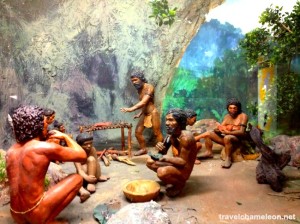 Lenggong Valley – The Archaeological Heritage
Lenggong Valley – The Archaeological Heritage
Located in the flourishing Lenggong Valley, the property consists of 4 archaeological sites separated in 2 clusters which extent approximately 2 million years, one of the greatest records of early man in a particular locality, and the oldest out of African region. The property features open air and cave sites with Palaeolithic tool workshops, proof to be an early technology. The quantity of sites found in the relatively contained area proves the presence of a reasonably huge, semi-sedentary population with cultural leftovers from the Neolithic, Palaeolithic and Metal ages.
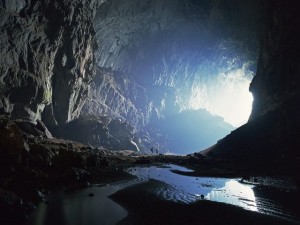 Gunung Mulu National Park
Gunung Mulu National Park
Gunung Mulu National Park, located within the Mount Mulu (Gunung Mulu), Sarawak is one of the most studied tropical karst areas on earth. The 52 thousands hectares park homes to 17 vegetation zones and exhibiting more than 3 thousands vascular plants species. Not less than 2 hundreds kilometer of explored caves offer a magnificent sight and are home to great amount of cave bats and swiftlets. The Sarawak Chamber, 600 meter by 415 meter and 80 meter high, is the biggest known cave chamber on earth.
Located in Sabah, Kinabalu Park is dominated by Mount Kinabalu (Gunung Kinabalu) who marks the peak at 4095 meter high. The highest mountain between New Guinea and Himalayas, Mount Kinabalu homes to a great diversity of habitats ranging from hill rainforest and tropical lowland to tropical mountain forest, sub alpine forest and scrub on the higher elevations. It has been chosen as a Centre of Plant Diversity for SEA and is remarkably rich in species with examples of flora from the Malaysia, Himalayas, Australia, China and pan-tropical flora.


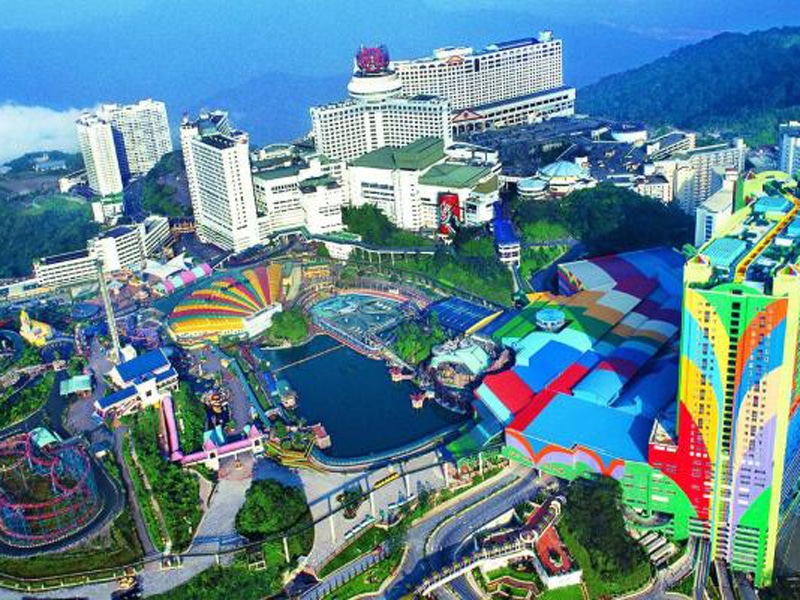



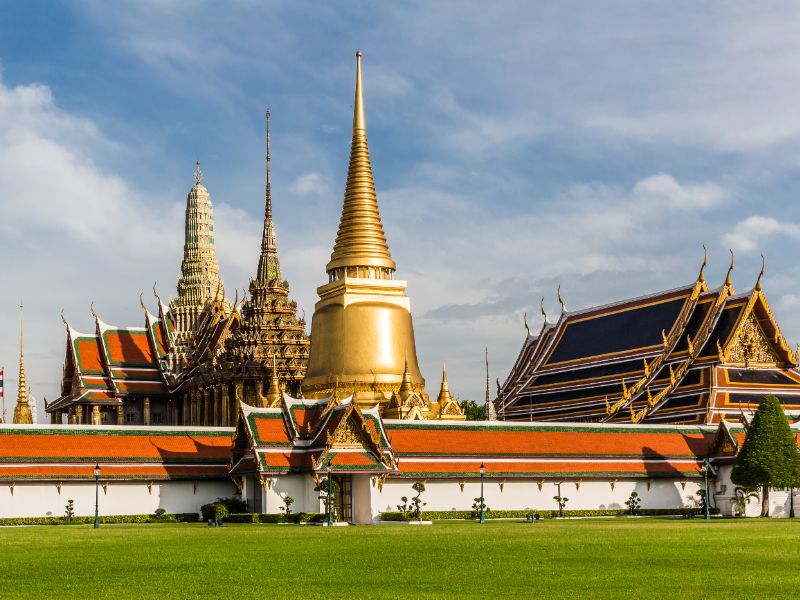
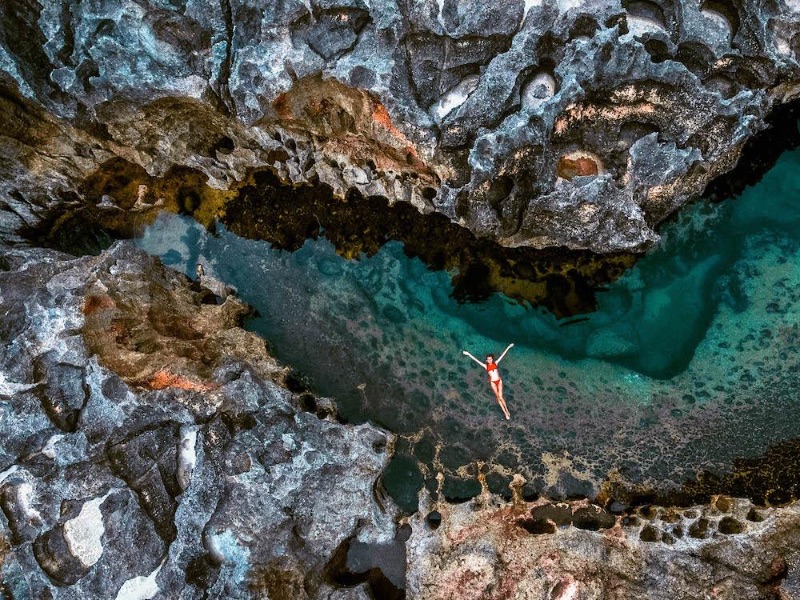



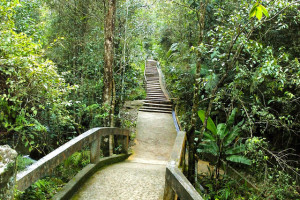 Kinabalu Park
Kinabalu Park